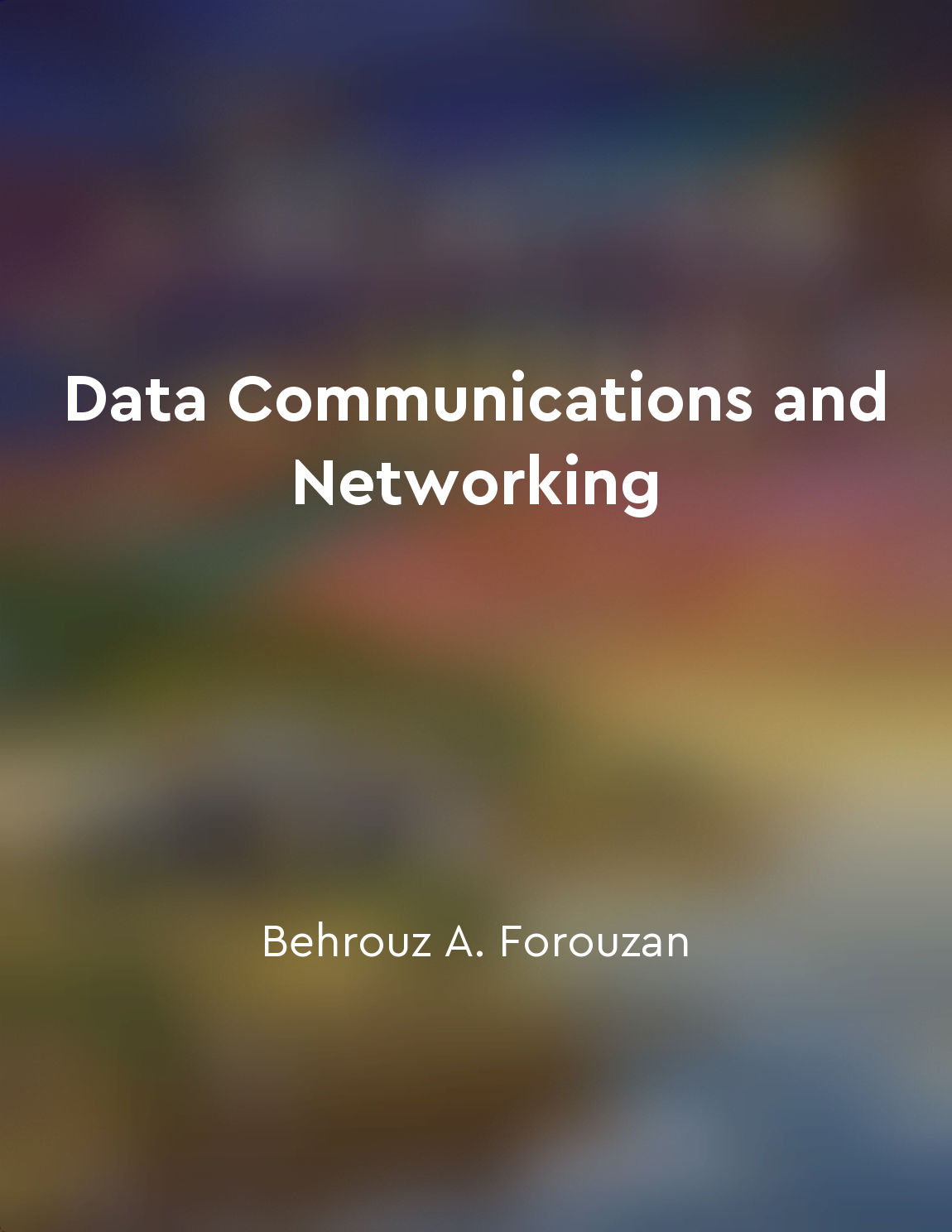Data communications involve the exchange of data between two or more devices from "summary" of Data Communications and Networking by Behrouz A. Forouzan
Data communications revolve around the transmission of data between multiple devices. This process is crucial for various applications, from email communication to online shopping. Without data communications, the vast network of interconnected devices that make up the internet would not be able to function effectively. Data is transmitted through various mediums, such as copper wires, fiber optics, and wireless channels. These mediums serve as the pathways through which data travels from one device to another. When a user sends an email, for example, the data comprising the message is broken down into packets and transmitted through the internet to reach the recipient's device. The exchange of data between devices involves a sender and a receiver. The sender initiates the communication by encoding the data into signals that can be transmitted through the chosen medium. These signals travel across the medium and are received by the recipient's device, which decodes the signals to reconstruct the original data. Data communications can occur within a network, such as a local area network (LAN), or over a larger scale, such as the internet. In both cases, the data travels through various network devices, such as routers and switches, that help guide it to its destination. These devices play a crucial role in ensuring that the data reaches the intended recipient efficiently and accurately. The field of data communications is constantly evolving, with new technologies and protocols being developed to improve the speed and reliability of data transmission. As the demand for faster and more efficient communication grows, researchers and engineers continue to explore innovative solutions to enhance the performance of data communications systems.- The concept of data communications involving the exchange of data between multiple devices is at the core of modern-day communication networks. Without this fundamental process, the seamless flow of information that we have come to rely on in our daily lives would not be possible.
Similar Posts
Innovation is the key to staying ahead of the curve
Innovation is the lifeblood of any successful organization. It is the driving force behind progress and growth, enabling compan...
Security models and frameworks provide guidance for implementation
Security models and frameworks play a crucial role in the world of cybersecurity by providing a structured approach to implemen...
Cutsets break graph disconnected components
When a graph has a cutset, it means that there is a set of vertices whose removal disconnects the graph. This concept is crucia...
Continuous improvement is crucial for effective security management
Continuous improvement is essential for effective security management. This concept emphasizes the need for organizations to co...


